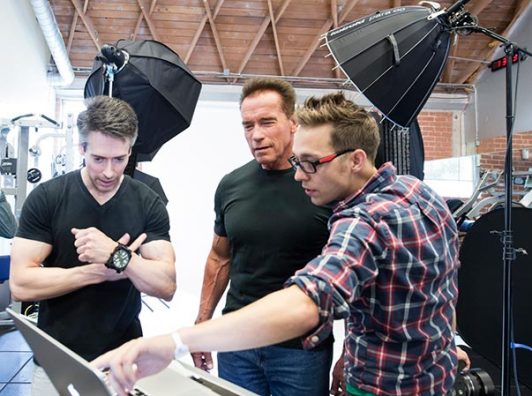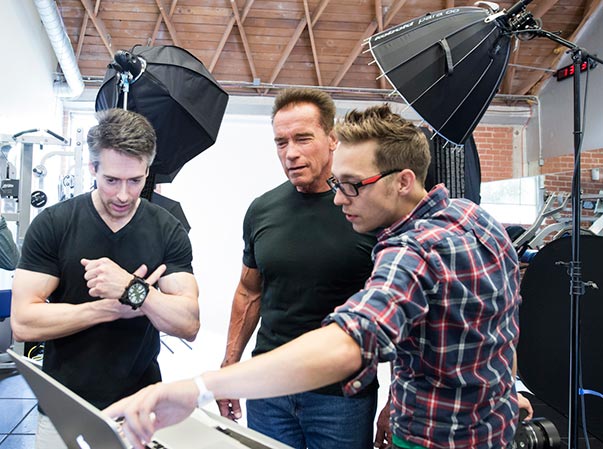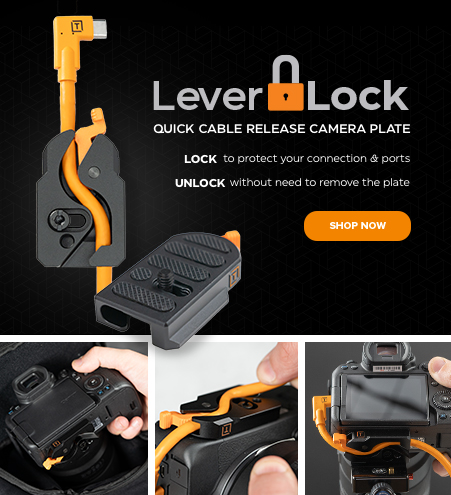

As a follow-up to our previous article, “Top 5 Advantages of Cabled (vs Wireless) Tethered Photography,” here are 5 more reasons to shoot tethered with a cable over wireless:
- No Delay – While WiFi is convenient, it’s not snappy. When shooting with a cable, things happen instantly. LiveView has no lag, changes to camera settings are instantaneous and pressing the software shutter button means the photo is taken right then. Plain and simple, cables have no delay. If precise triggering is needed, cabled is the only way to go.
- Longer Battery Life – If you are shooting wireless, you have to power the WiFi connection. The two options are using the camera’s battery or lugging around an external power source. Changing batteries during a session is annoying and inconvenient. Having to change them frequently because you’re shooting wireless can be down right infuriating. If you’re wireless option allows for an external power source, that’s one more item you need to bring, setup, secure to the camera or tripod, and remember to charge after you’re finished.
- Unit Specific – If you purchase the manufacturer’s specific wireless option, those can often be specific to a line of camera bodies. Third party wireless options may be specific to one or two brands. While cables can also be specific, they definitely have broader compatibility and buying a new cable is much cheaper than buying a new wireless option.
- Image Control / File management – Shooting with a cable lets you use your preferred image ingestion software, not just the software that’s available with the wireless option. This means you can organize the files as their coming in, apply any meta-data templates, filters or anything else you’d like to do. Also, you can set up backup folders to make a copy of each photo. This is much more control than just having an image drop into your Camera Roll.
- Rating & Tagging Images – As a shoot progresses you can apply ratings and tags to images as they come in. If you’re looking over shots with a client or art director (or the Terminator), you can rate the ones they like helping save time later. This collaborative environment will not only make the day more efficient, but the client will appreciate your attention to organization.
To find the right cable for your camera, check out our Cable Finder.




